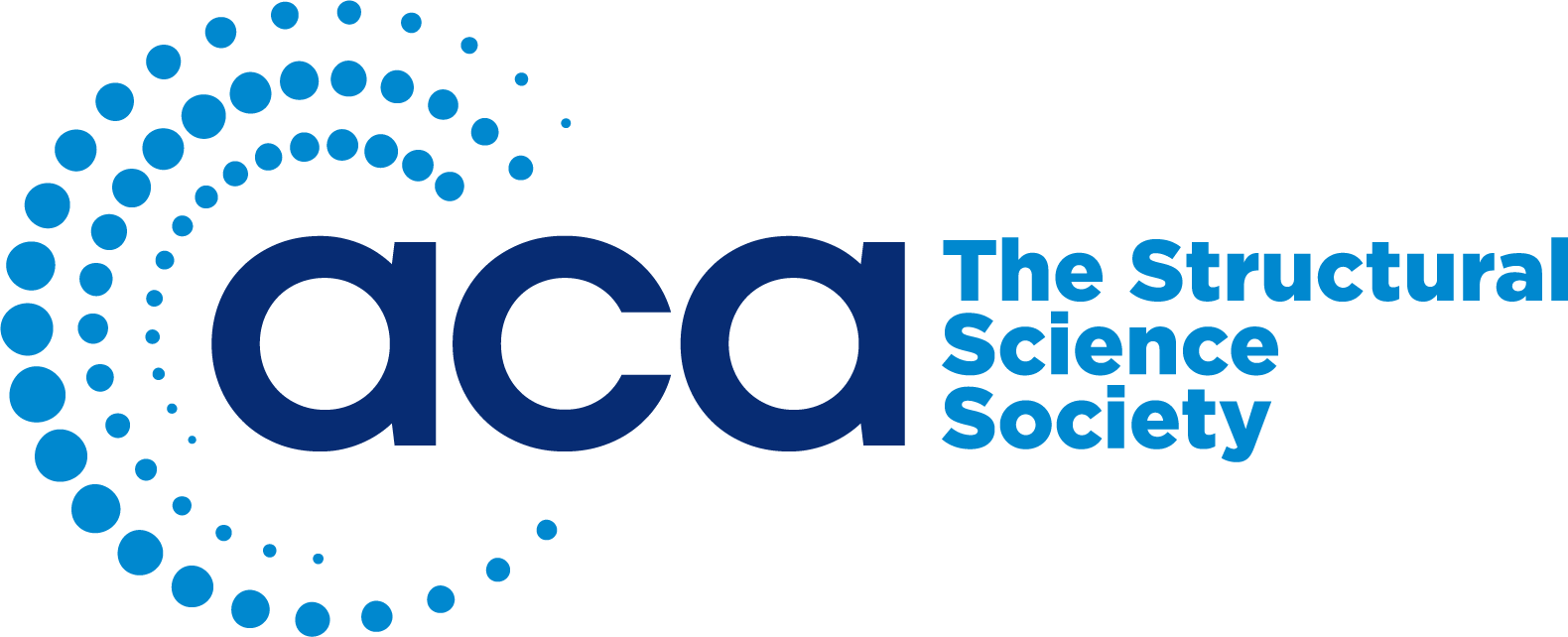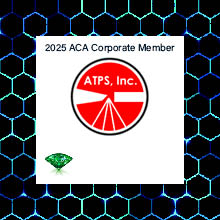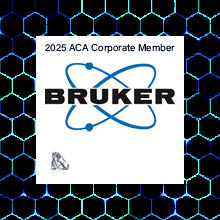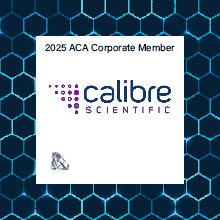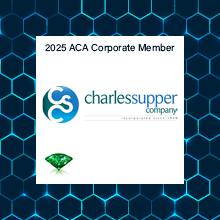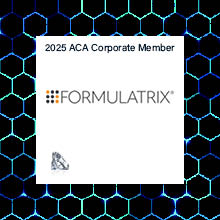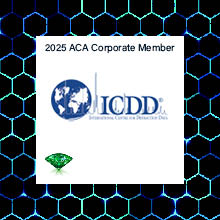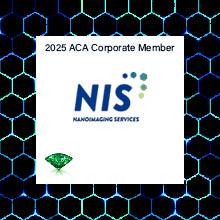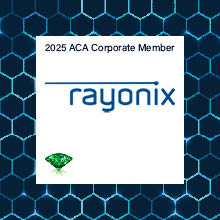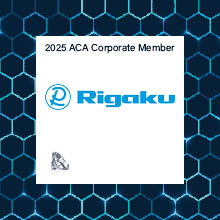- Home
- About ACA
- Publications & Resources
- Programs
- Annual Meeting
- Membership
- ACA History Center
- Media Archive
ACA Early Career Scientist Spotlight-23
Personal StatementBeing an experimental chemist, I am fascinated by the way we can synthesize artificial analogues of the abundant porous structures bestowed in nature, and the mere realization how we can tailor/customize these frameworks by modulation at molecular levels. Inspired by this, I chose to work in the field of porous materials, specifically metal-organic frameworks (MOFs) since they are known to cater to a plethora of applications, such as, being molecular containers for catalytic processes/sensing mechanisms, providing controlled and localized delivery for medicinal purposes, and as molecular sponges for storage of toxic materials and delivery of gases. My broad interest lies in understanding the dynamics happening at the molecular level in coordination engineering, allowing us to develop new materials or innovate existing materials for desired applications. For this aspect of my research, I utilize single crystal X-ray crystallography as one of the tools to study the structures. The idea of growing single crystals, the excitement of getting a good quality single-crystal, the fun of solving a problematic data, and finally the joy of visualizing a structure in three dimensions, keeps me going at my job. Funnily enough, ‘beginners’ luck’ played a huge role in generating my interest in this field. As the story goes - Back in my undergrad days, I luckily got big beautiful blue blocks of a Cu-MOF; during what was supposed to be a noob lab-rotation for me. I had no idea about the struggle of growing crystals back then. When I modestly told my seniors about the crystals I had got, they made me realize that it was a big deal! I still remember the joy of solving my first structure in the following days. Eight years later, I must admit, I do know the struggles of growing a good quality crystal! During the initial days of my PhD, I realized that most of the crystal engineering studies focus on the utilization of geometrically and conformationally rigid organic linkers for the synthesis of MOFs because of the complexity involved in case of flexible counterparts, leaving their interesting features unchartered. This realization helped me in shaping my PhD project. |
